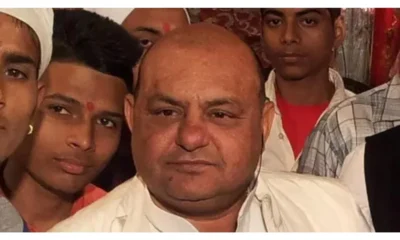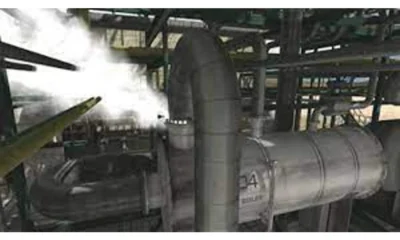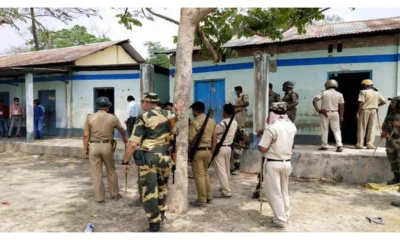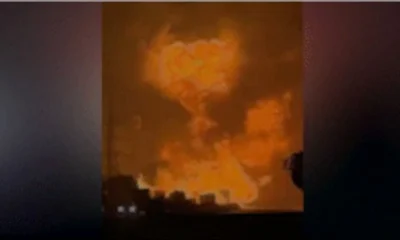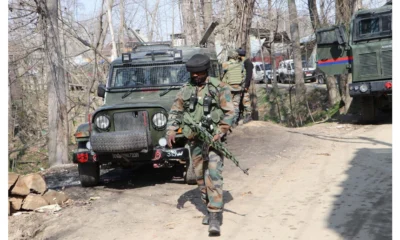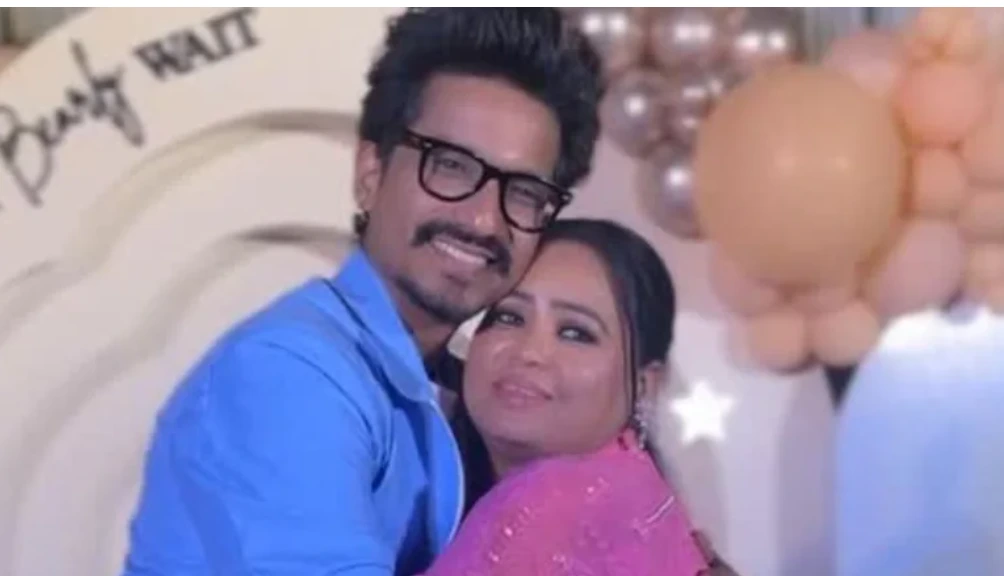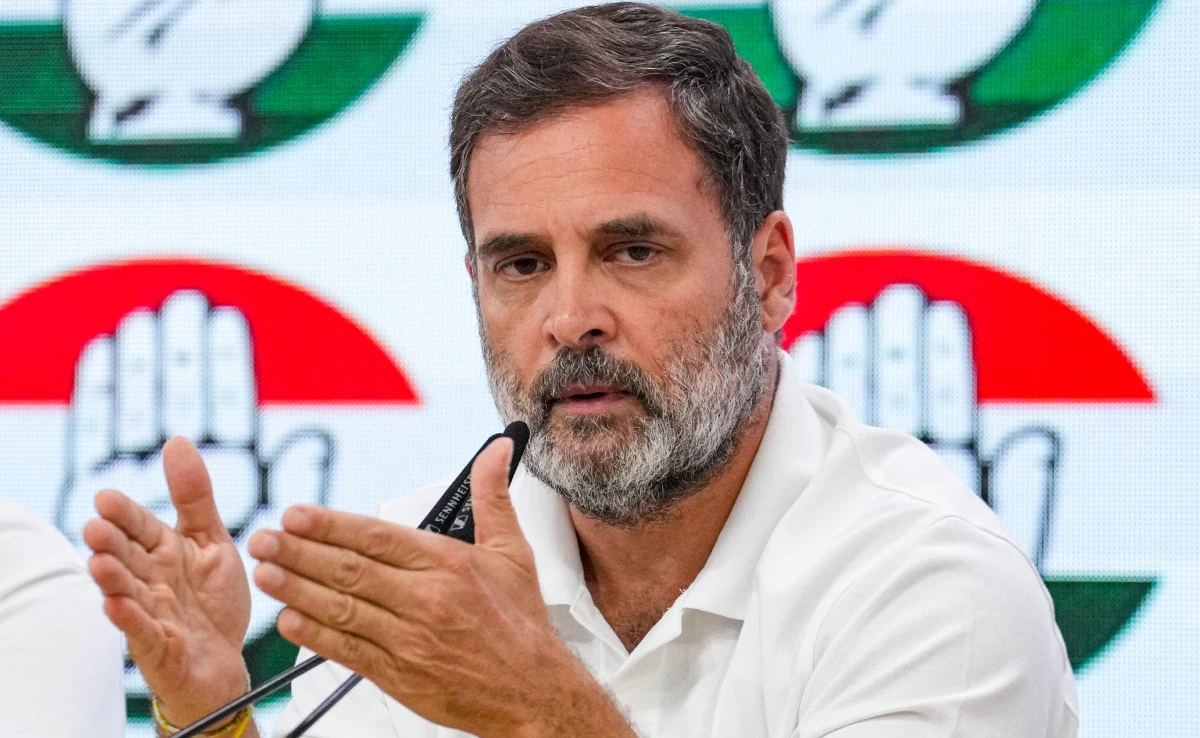India News
Poisonous gas leak wrecks havoc in Vishakhapatnam. 10 killed, over 300 hospitalized.
These visuals show the extent of impact of gas leak in Visakhapatnam. Appraently people were knocked down senseless by the poisonous gas.

Entertainment
Bharti Singh, Haarsh Limbachiyaa welcome second child after she’s rushed to hospital mid-shoot
Comedian Bharti Singh and her husband Haarsh Limbachiyaa welcomed their second child after she was rushed to hospital during a television shoot.
India News
Renaming MGNREGA removes core spirit of rural employment law, says Shashi Tharoor
India News
Rahul Gandhi attacks G RAM G bill, says move against villages and states
Rahul Gandhi has criticised the G RAM G bill cleared by Parliament, alleging it dilutes the rights-based structure of MGNREGA and centralises control over rural employment.
-
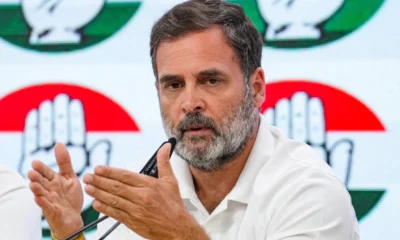
 India News12 hours ago
India News12 hours agoRahul Gandhi attacks G RAM G bill, says move against villages and states
-
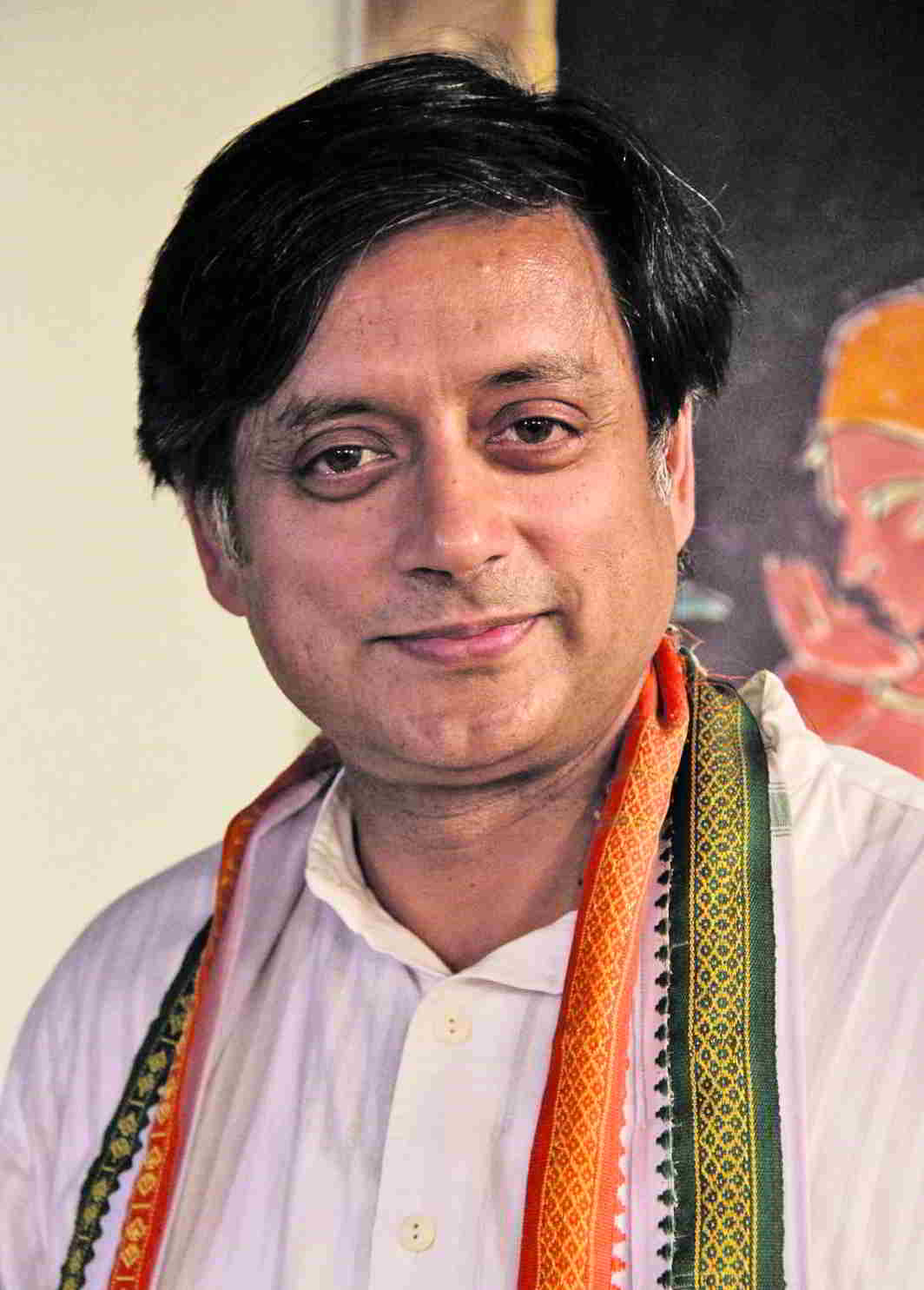
 India News12 hours ago
India News12 hours agoRenaming MGNREGA removes core spirit of rural employment law, says Shashi Tharoor
-

 India News15 hours ago
India News15 hours agoG RAM G bill replacing MGNREGA passes Parliament amid opposition walkout and protests
-
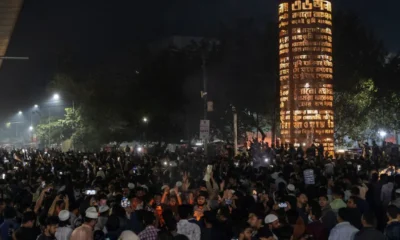
 Latest world news7 hours ago
Latest world news7 hours agoHindu man lynched and set on fire in Bangladesh during anti-India protests
-
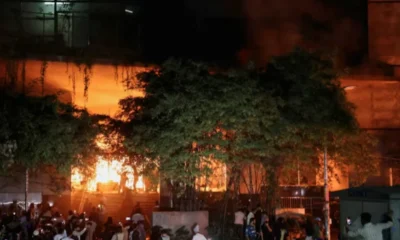
 Latest world news15 hours ago
Latest world news15 hours agoBangladesh rocked by violent protests after student leader Sharif Osman Hadi’s death, anti-India slogans raised
-

 Entertainment6 hours ago
Entertainment6 hours agoBharti Singh, Haarsh Limbachiyaa welcome second child after she’s rushed to hospital mid-shoot
-
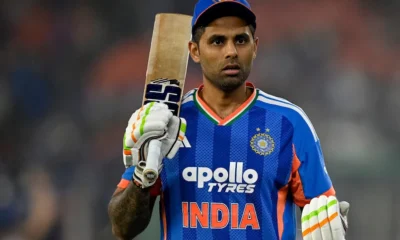
 Cricket news5 hours ago
Cricket news5 hours agoIndia vs South Africa 5th T20I: Samson shines with 37 as India push on after Gill injury
-
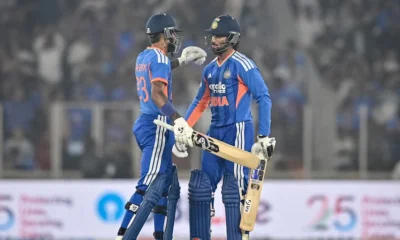
 Cricket news4 hours ago
Cricket news4 hours agoIndia vs South Africa 5th T20I: Tilak Varma, Hardik Pandya power India past 230 in Ahmedabad



